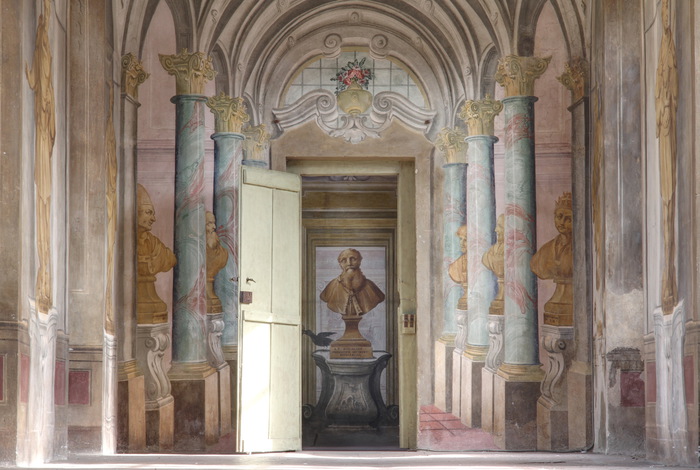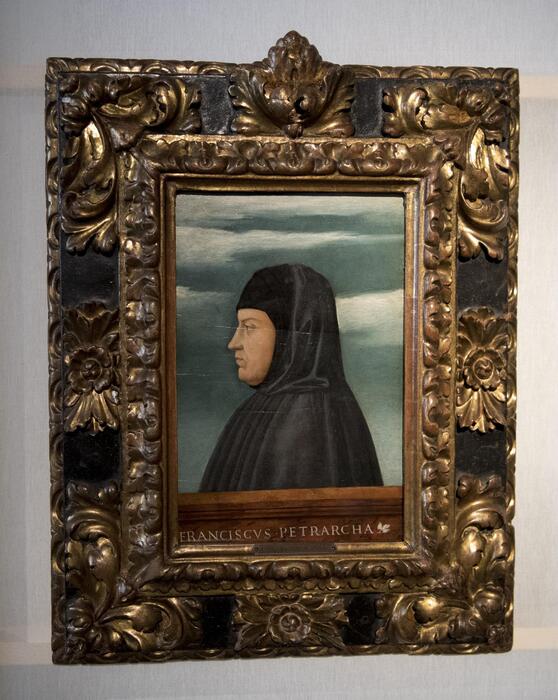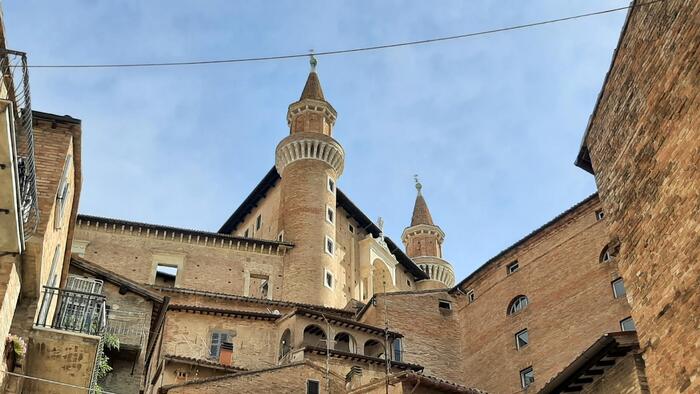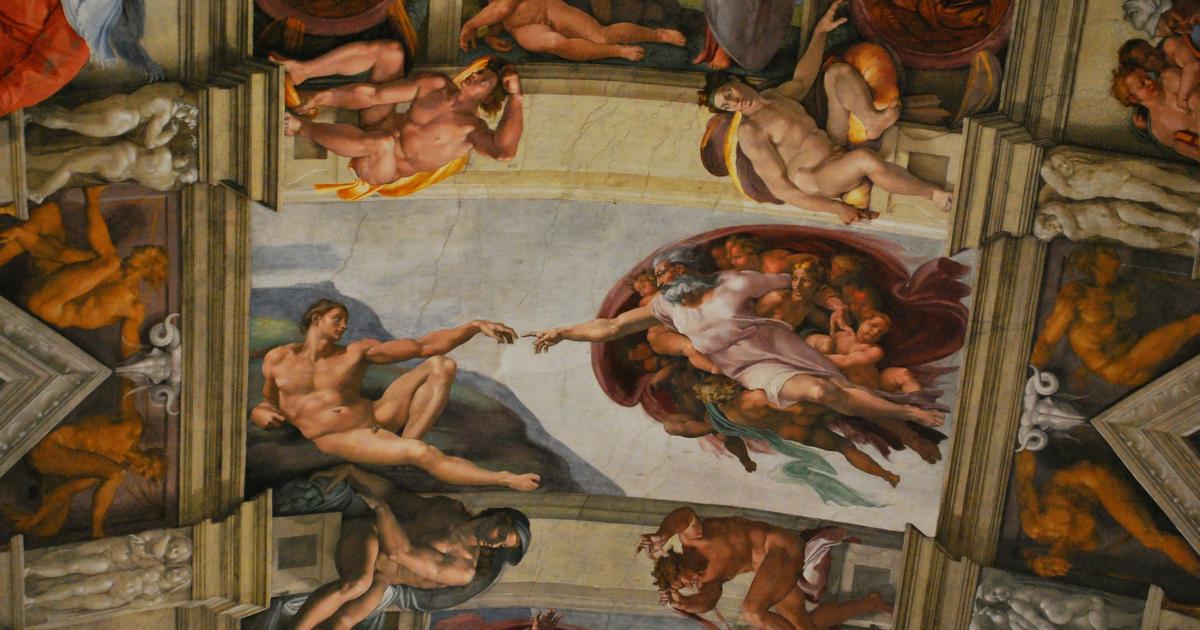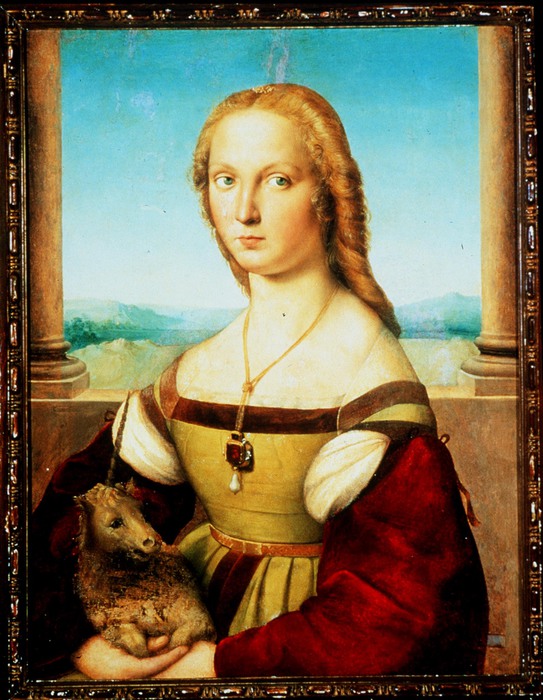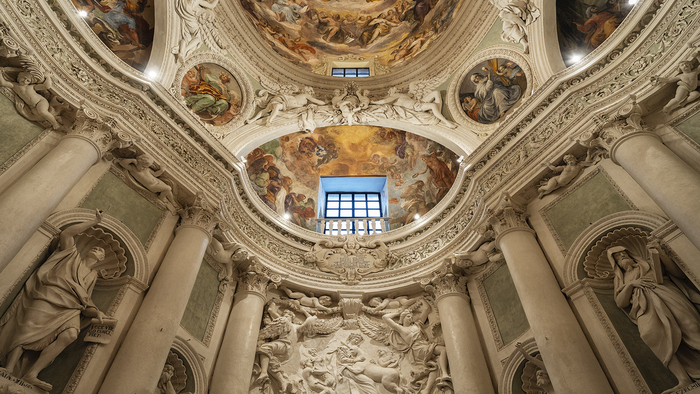PIACENZA - Raphael's Sistine Madonna relives from May 29 to October 31 in the church of the monastery of San Sisto, in Piacenza. Raphael received the commission from Pope Julius II in 1512; the masterpiece remained in Piacenza until 1754, when it was sold by the monks of Piacenza to the Great Elector Augustus III of Saxony for 25 thousand Roman scudi. Since then it has been in the Royal Gallery of Paintings in Dresden. The exhibition leads visitors to discover the Benedictine monastery and its artistic heritage starting with the famous painting, which virtually returns to the city for which it was made.
The initiative is included among the official events for the celebrations of the 500th anniversary of the death of Raffaello Sanzio.
Among other things, the exhibition documents, through copies of works and volumes that can be browsed by the public, how after arriving in Dresden the painting became a destination for lay pilgrimages in the name of an ideal of grace and beauty that spanned the eras of neoclassicism of romanticism and nineteenth-century positivism, up to twentieth-century philosophy and literature. The Sistine Madonna becomes an image of reflection for Christians and of veneration for Orthodox Catholics, and an image of study for philosophers, poets and writers. The crypt traces the life of the Sistine Madonna through a chronological reconstruction that moves from the historical-socio-political context of Rome and Piacenza: the path begins with the observation of the original location in the presbytery designed by Tramello,reconstructed through augmented reality, wearing ad hoc viewers.
The museum exhibition describes the events of the monastery, from its imperial foundation (in the 9th century) to the changes that took place in the modern era. The narrative highlights the complex relationships that opposed, throughout the Middle Ages, the religious power embodied by the Piacenza bishopric and the political power represented by the monastery.

